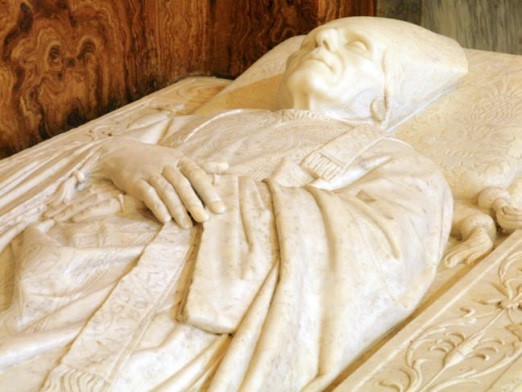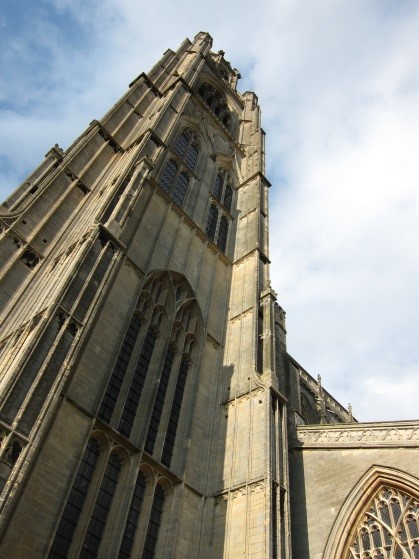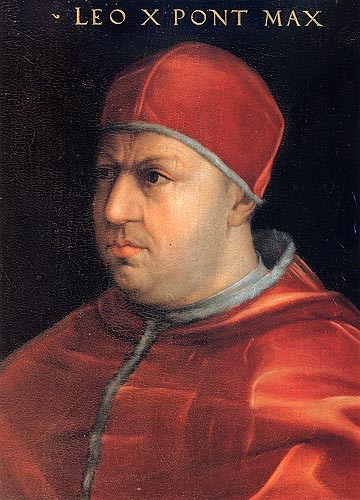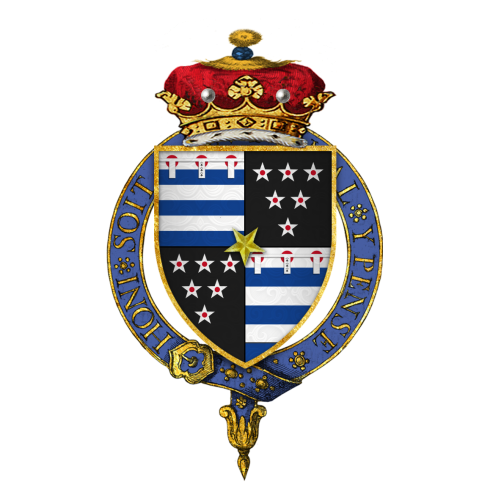Thomas Cromwell: Life Story
Chapter 2 : Developing a Career (1512 – 1522)
On his return to England, probably around the end of 1512, Cromwell began to practise law, his speciality being conveyancing. Again, where, or even, if, he received formal training is unknown. However, he still maintained his connection with the cloth trade, making several trips to Antwerp and the other Burgundian cities. He also travelled to Rome in 1514, staying in the English hostel and appearing before the Papal Court on 29th May, giving evidence in a dispute between two English clergy. It has been speculated that Cromwell was undertaking this in the course of employment by Cardinal Bainbridge, Archbishop of York, but he is not formally recorded as in the Archbishop’s household.

Not long after settling back in England, Cromwell married Elizabeth Wykys, a widow with a comfortable inheritance, and connections to the court, her father having been a Gentleman Usher to Henry VII. Whilst marriage for love alone was completely foreign to the sixteenth century mind, it was expected that married couples should love and care for each other. As she was widowed, Elizabeth Wykys might have been guided in the choice of a second husband by her father, but would have had a high degree of freedom in selection. Cromwell, too, was a free agent. We can therefore infer that they were happy to marry. The Cromwells had a son, and two, or possibly three, daughters. All of the daughters died young, but the son, Gregory, survived, and had an interesting career of his own.

In the 1500s and 1510s a strong wave of “anticlericalism” was spreading through London – a feeling of antagonism towards some of the more corrupt and questionable practices of the priests and other officials of the Catholic Church. It was not, initially, a question of disputes around doctrine, more of the way in which the clergy conducted themselves. This resentment was particularly prevalent amongst the mercantile and trading classes – the butchers, brewers, blacksmiths and tailors, amongst whom Cromwell had spent his youth, and with which he had ties, and the more prosperous cloth-merchants, importers and exporters who were his clients. It seems likely, from his later actions, that Cromwell, too, subscribed to the view that corruption and venality were widespread. Nevertheless, his private religious views, whatever they might have been at this stage, did not prevent him from taking a commission in 1517 from the Guild of the Church of Our Lady in St Botolph, Boston (now known as the Boston Stump).
Cromwell obviously had an aptitude for languages. Following his years in Europe, he spoke French and Italian fluently, as well as Spanish (although how he picked that up is a mystery) and some German. Presumably he also had Flemish in his repertoire. His Latin and Greek, too, were commendable – Greek being a very rare accomplishment, and usually confined to academic circles. This fluency in other languages may have been a factor in obtaining commissions outside England.

The Guild sent Cromwell to Rome as a support and guide for their representative, Geoffrey Chambers, on a mission to the Pope. The mission was successful and the story of how Cromwell achieved his aims gives an insight into his methods that illustrates his way of working throughout his life. He spent some time discovering the Pope, Leo X’s, tastes and interests. Accordingly, whilst most petitioners had to wait months to be heard, Cromwell arranged to waylay the Pope early one morning, with a trio of singers and a plate of marmalade and other delicacies prepared in the English fashion. The pope whose ‘holy tooth greatly delighted in new-fangled strange delicacies and dainty dishes’ munched through the sweets, and granted the Guild’s petition to renew the Indulgences that brought in income to maintain their church. Cromwell had learnt a valuable lesson – finding the right route to pleasing the powerful gets results.

It is not clear how Cromwell came to the notice of Cardinal Wolsey, perhaps through work done for Cardinal Bainbridge, Wolsey’s predecessor as Archbishop of York, or it may have been from legal business he was involved in, although there is no firm, dateable evidence showing when Cromwell began practising law. His biographers differ widely in dating the beginning of the connection, from as early as 1516, by Elton, to as late as 1524 which Everett demonstrates is the earliest provable date. Looking at all the different arguments, a date of around 1519 would seem not unlikely. Working for Wolsey, did not, however, preclude him from other employment, and he is referred to in 1522 as a servant of Thomas Grey, Marquess of Dorset, a former pupil of Wolsey’s and later, as Dorset’s attorney.




